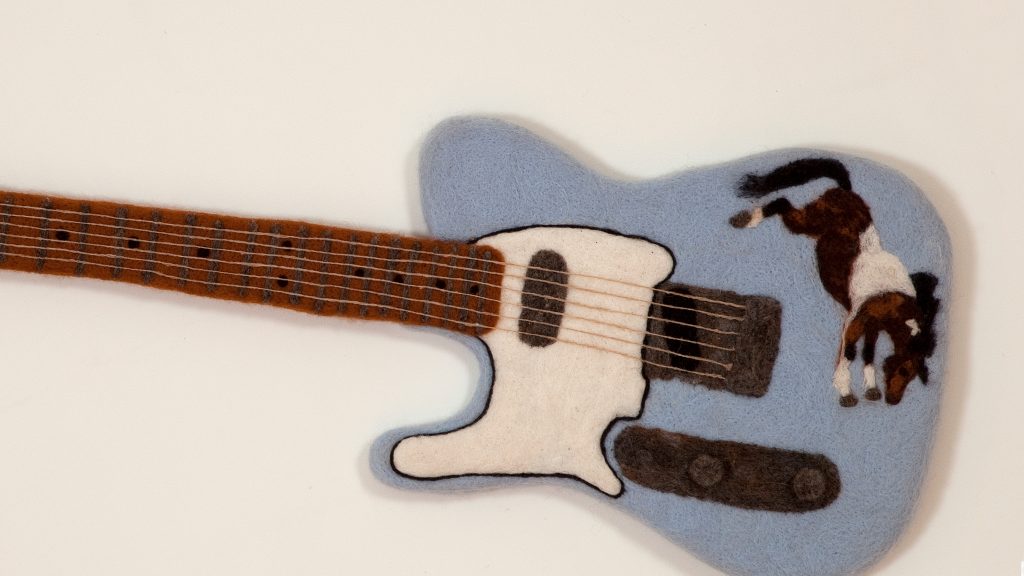
Described as a ‘painters painter’, Lucy Culliton has been a finalist in several Archibald, Wynne and Sulman art prizes, marking her as one of Australia’s leading representational contemporary painters. Known for her depictions of found object assemblages, landscapes, and portraits of people and animals, art critic John McDonald described her work as being a ‘perfect […]
Read More…
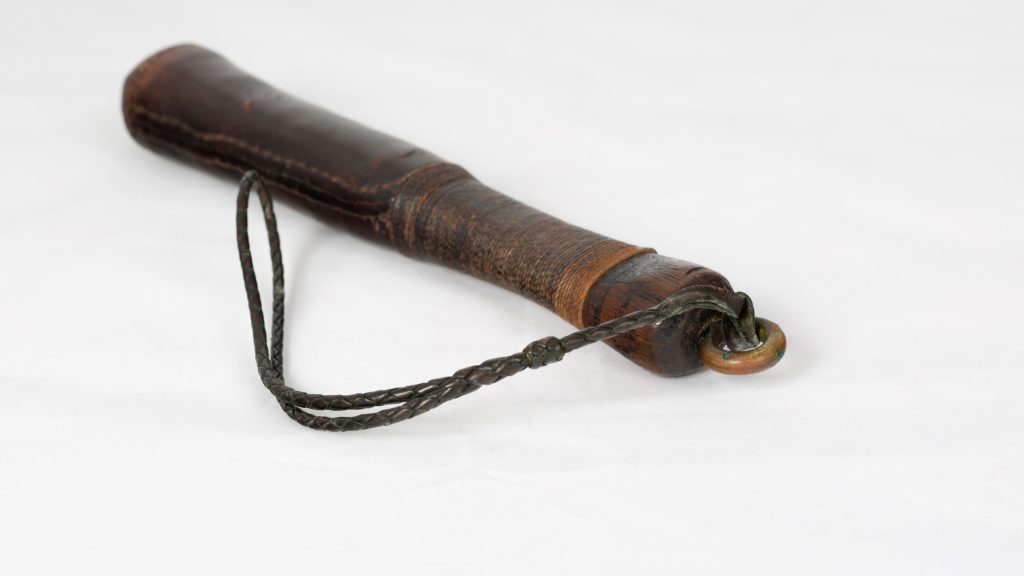
Strip searches, ‘shut downs’ and cell raids, such as when kitchen knives went missing, frequently sparked hostility and violence among the prisoners of Maitland Gaol, interrupting the calm. As warder Keith Bush remembered: ‘… everybody’s talking, singing, yelling out, screaming at each other… People are just snarling at you, giving you filthy looks.’ In this […]
Read More…
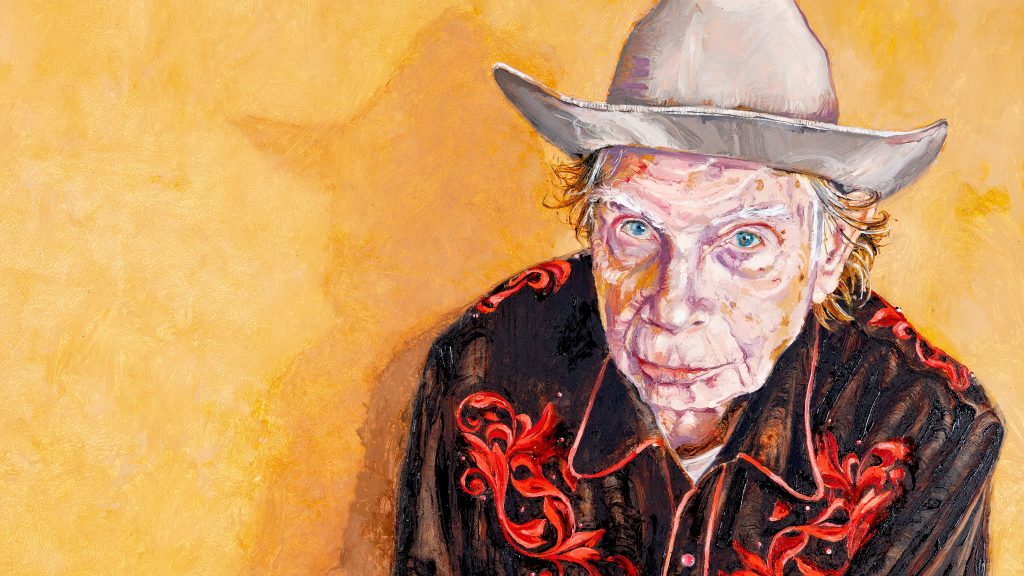
Known affectionately as the ‘first Clown Prince of Australian country music…’, Chad Morgan was inducted into the Australian Country Music Roll of Renown in 1987. His colourful career as a unique entertainer and ‘larrikin’ country singer began in 1952 as a finalist on the Australia’s Amateur Hour radio show. A subsequent recording contract delivered his […]
Read More…
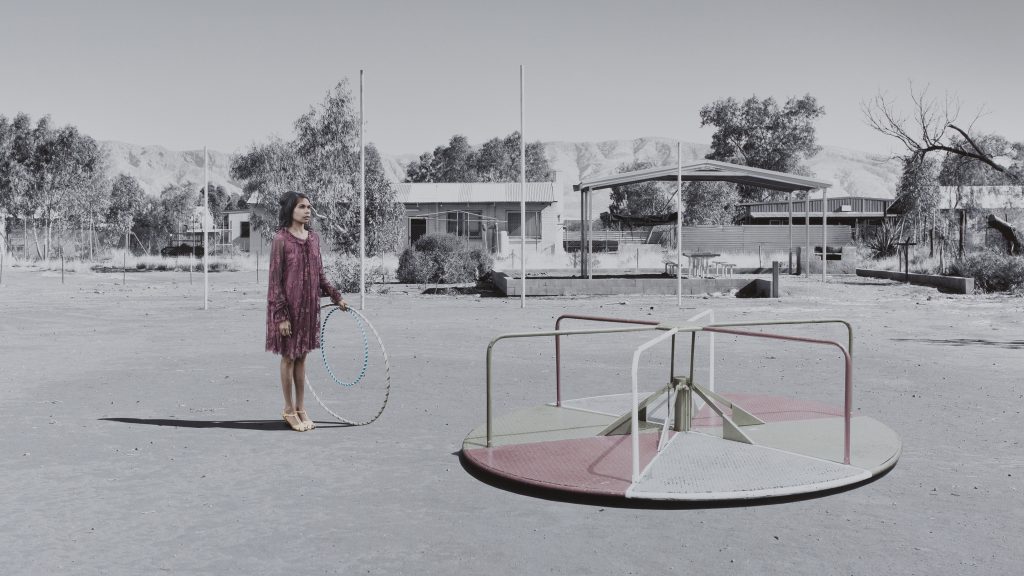
The sundial, the earliest device for time-keeping, indicates the time of day by the position of cast shadow from a vertical object. As the sun moves across the sky, the shadow of the object moves, marking the passage of time. In Mother (Merry-Go-Round), artist Michael Cook (1968-) has utilised the placement of the Mother offset […]
Read More…
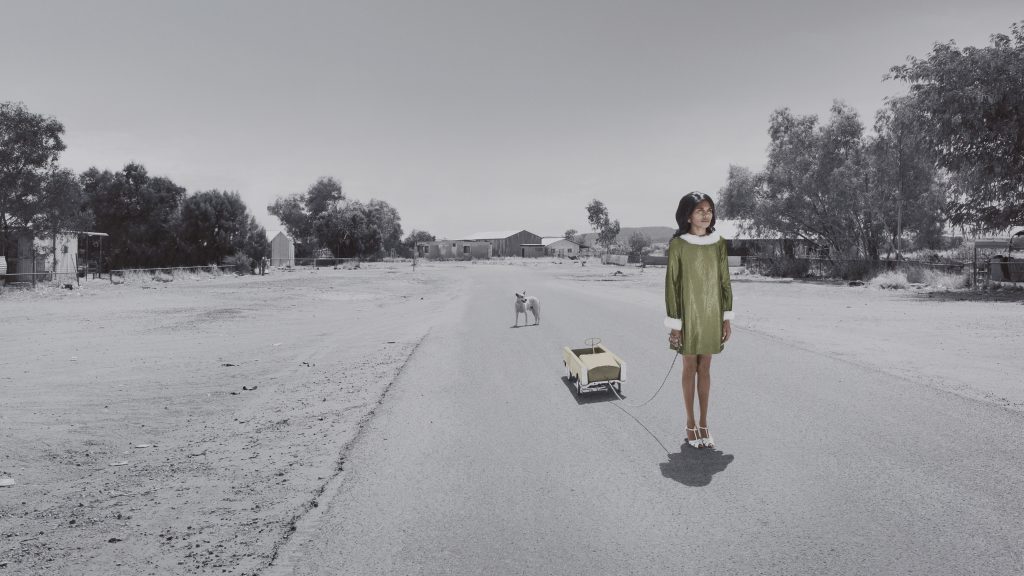
Against a strikingly empty, yet occupied Australian landscape, art photographer Michael Cook (1968-) has managed to capture the heavy, solemn weight of both motherhood and memory in a poignant moment—looking forward but also static, with the past still in easy view. In Mother (Pedal Car), it is easy to see Cook’s own personal journey reflected. […]
Read More…
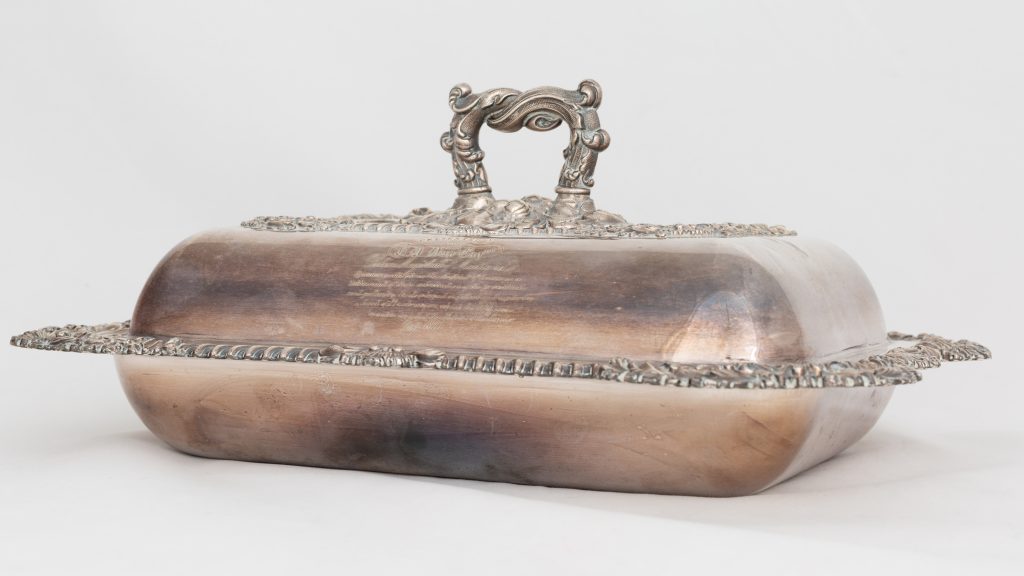
Setting out early one day in December 1840, a tall, dark-eyed Irishman named Edward Denny Day (1801-1876), the local Police Magistrate, led a police posse through the bush around Scone, not far from Maitland. They were tracking the escaped convict turned bushranger Teddy ‘Jewboy’ Davis and his gang, who for two years had been ‘terrorising’ […]
Read More…
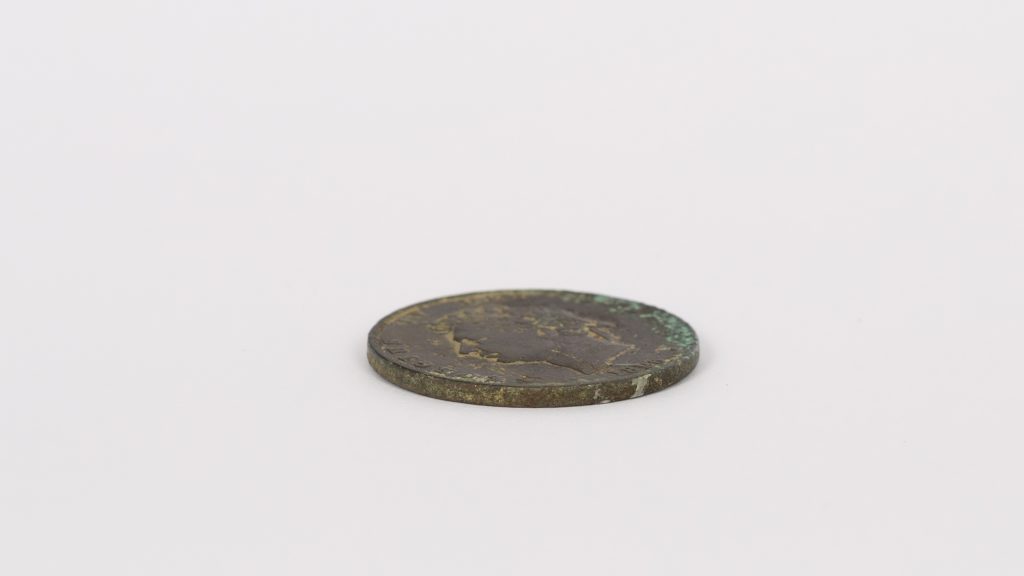
This 1826 penny, discovered in 2005 beneath a sandstone windowsill of A-Wing at Maitland Gaol, could only have been placed there during the building’s construction in the 1840s. For about 150 years the coin remained in place, witness to the thousands of inmates once incarcerated within the building’s walls, many of whom were female. When […]
Read More…
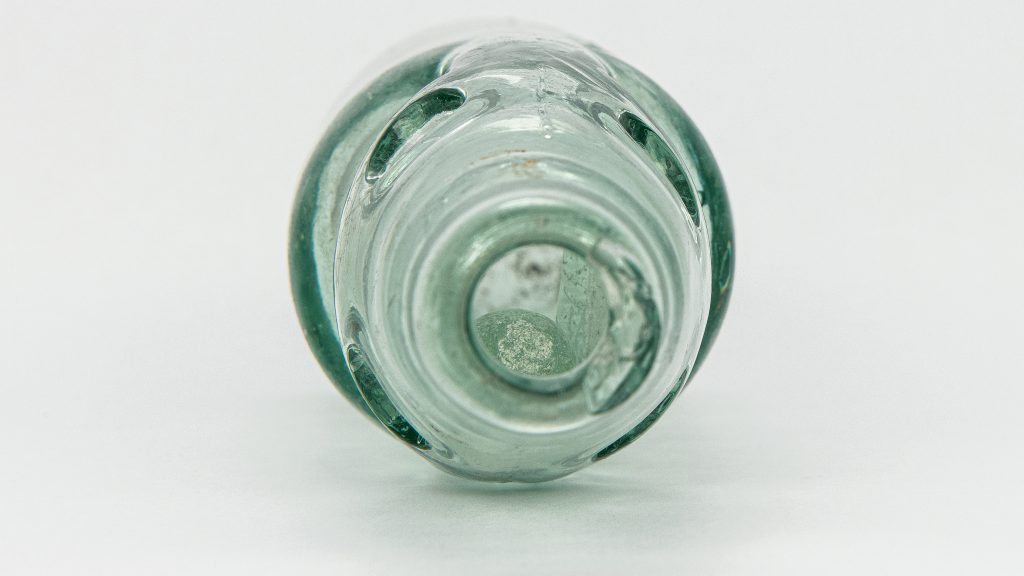
Imagine the sweltering summer days in West Wallsend, when tired and dusty miners crowded into the Clyde Inn (est c. 1893) on Carrington Street to quench their thirst. Many ordered beer, but others had a taste for the fizzy lemonade, soda water, ginger ale, and ‘fruit champagne’, which the bar-keep William ‘Bill’ Smith (licensee 1899 – […]
Read More…
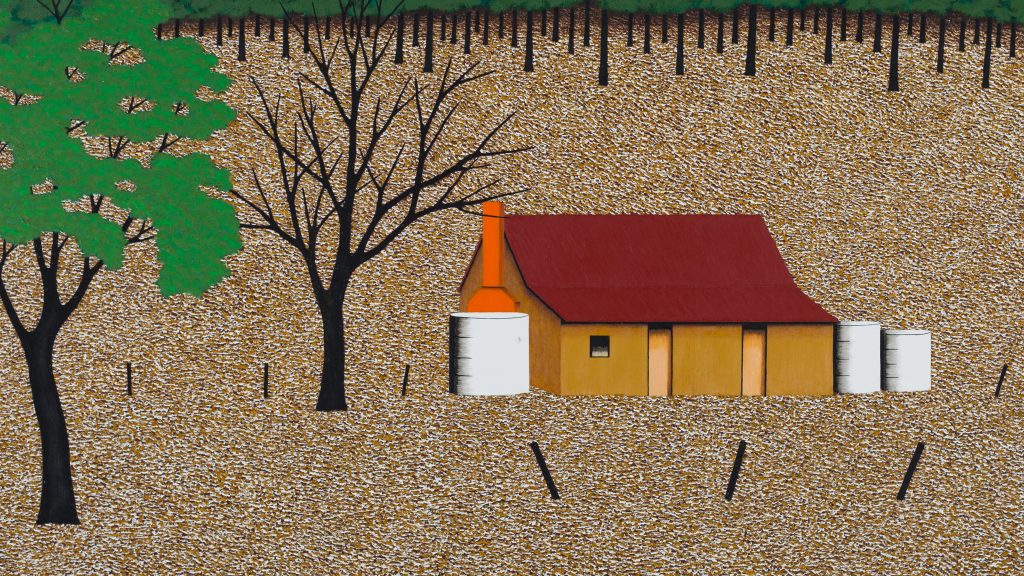
When Max Watters (1934-2020) was drawn to the simple beauty of this setting, the cows that once grazed the grassy paddocks at the Merton dairy, near Denman in the Upper Hunter Valley, were long-gone. Max was a lifelong resident of Muswellbrook, a twenty-minute drive from Denman. He lived his entire life in a modest timber […]
Read More…
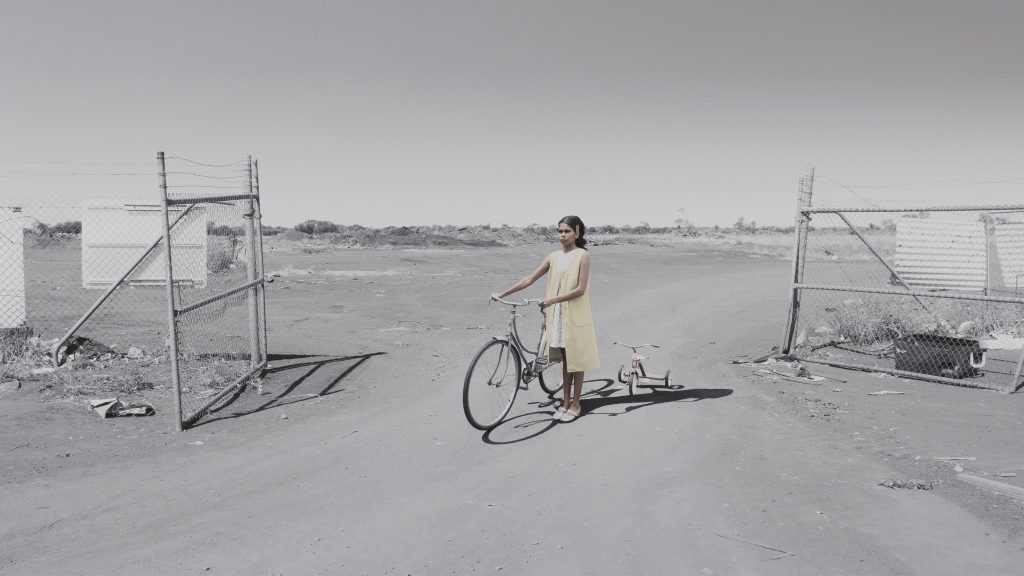
Where there are people, there is noise. Yet this photograph by Michael Cook (1968-), part of a thirteen image series, titled Mother (Bicycle), exudes only silence and stillness. Born in 1968 and adopted by white parents who were staunch activists and allies of the Indigenous community, Michael Cook has explored a wide breadth of subjects […]
Read More…











